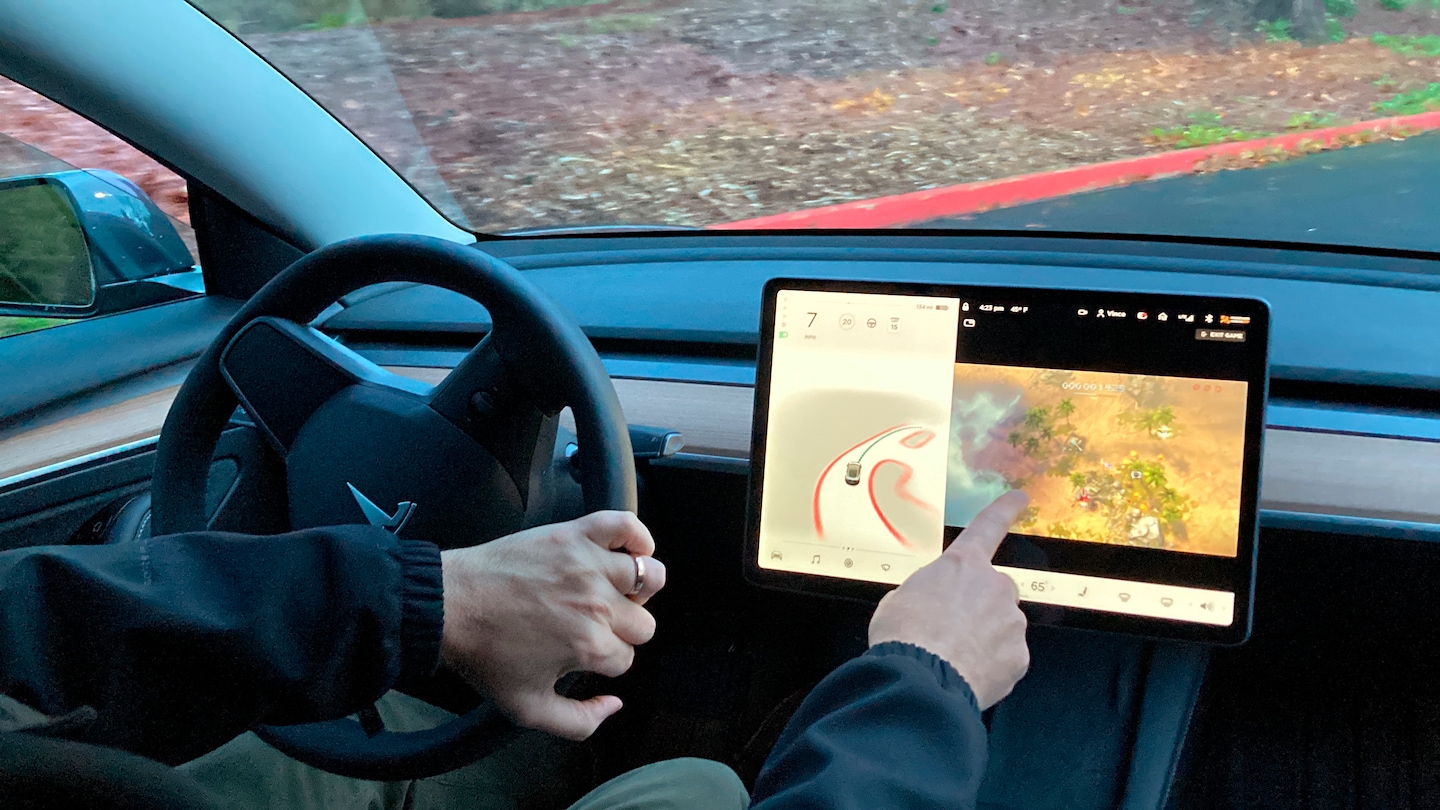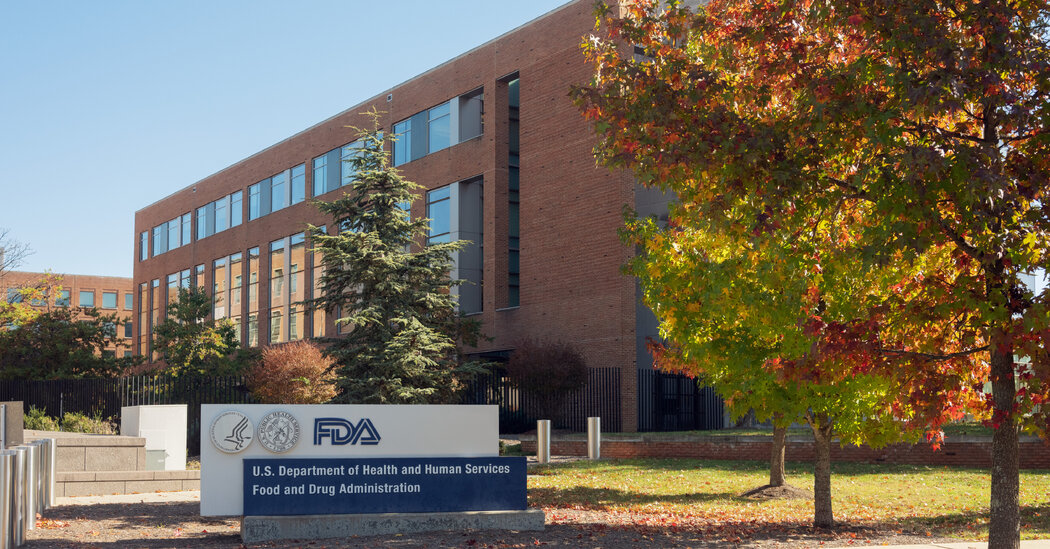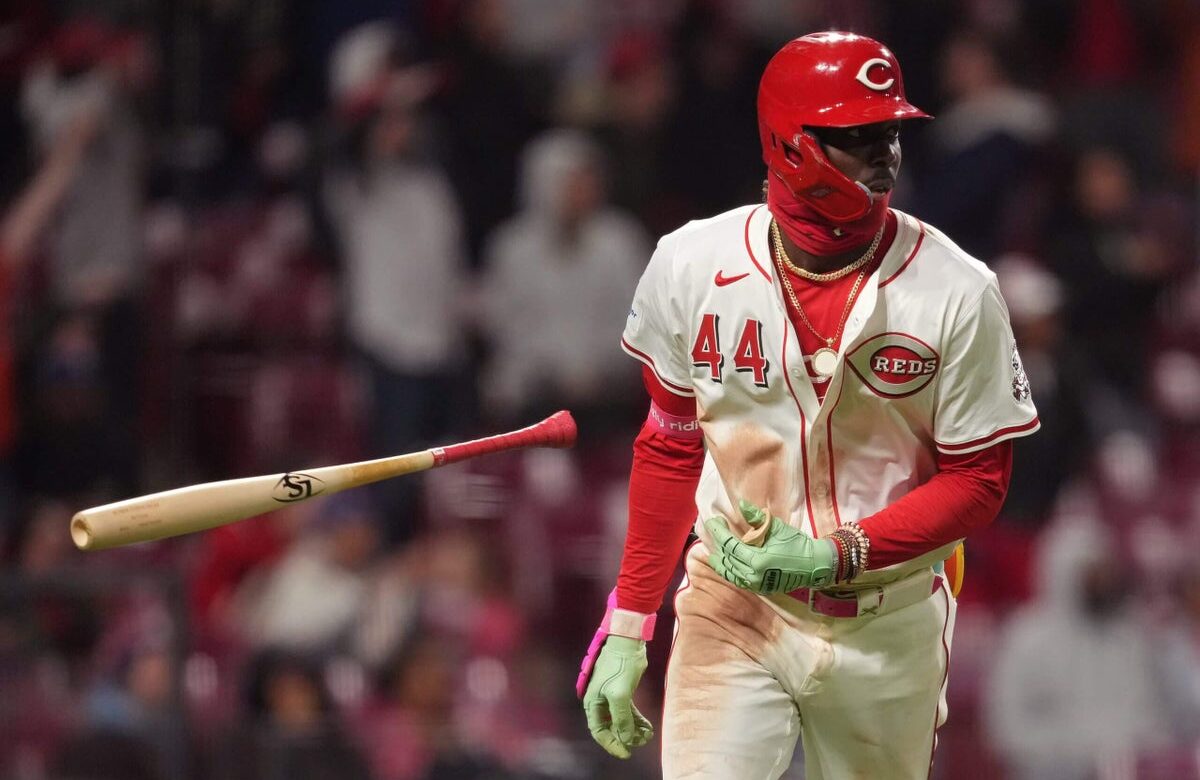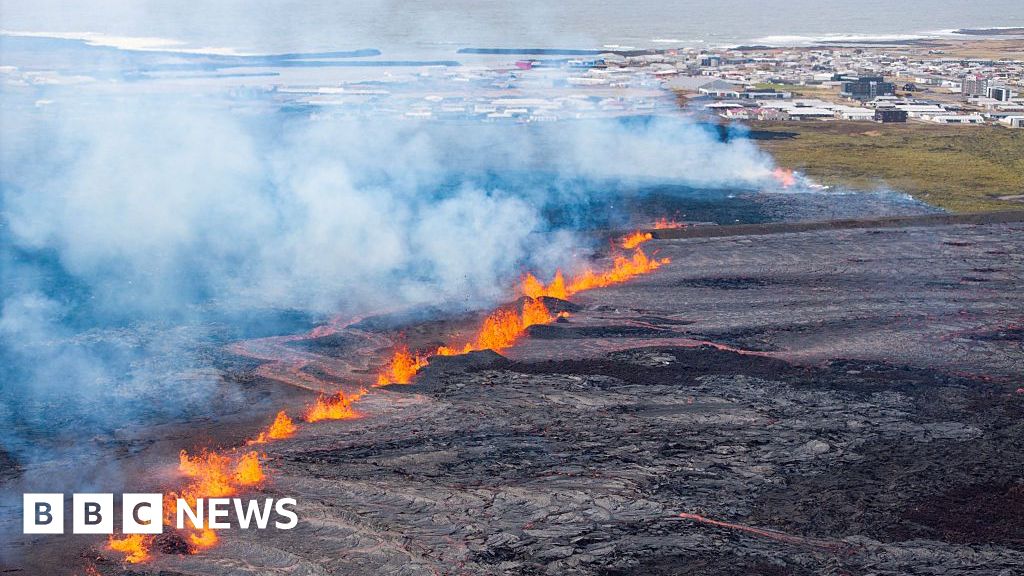
Elon Musk’s Full Self-Driving promises face mounting scrutiny at multiple levels
- Science
- July 12, 2024
- No Comment
- 46
At issue is whether the term Full Self-Driving implies that the cars are autonomous — meaning drivers don’t need to pay attention. In recent court filings, Tesla says the cars are not “autonomous” and that its user manuals and sensors alert drivers to the need to hold the wheel and keep their eyes on the road. Yet in a post on X last month, Tesla’s head of Autopilot, Ashok Elluswamy, used the word, writing that the cars “have the most autonomous capability compared to any production car.”
Tesla, its CEO Elon Musk and Elluswamy did not respond to requests for comment. The Justice Department and the Securities and Exchange Commission, through spokespeople, declined to comment.
The wave of scrutiny comes less than a month before Tesla is due to unveil what it calls a robotaxi, a dedicated vehicle that would run a version of its Full Self-Driving software, shuttling passengers between destinations without a driver. (It has no known production timeline and Tesla is known for making ambitious product announcements without concrete plans to deliver.)
GET CAUGHT UP
Stories to keep you informed
Many of the probes and lawsuits weigh similar claims made by Musk.
Most Tesla cars today come with a feature it calls Autopilot, a suite of software that allows vehicles to keep their distance behind others, maintain a set speed and steer on highways, following the trajectory of lane lines. The company has for years offered an upgrade package called Full Self-Driving, which costs $8,000 (down from $15,000) — or $99 a month — and enables its vehicles to navigate city and residential streets on their own, provided the driver demonstrates they are paying attention.
Tesla promised customers years ago that this upgrade would turn cars into an appreciable asset — meaning their value would increase over time — after they one day become autonomous through a software update. That has yet to happen, and that’s what the California lawsuit is about.
“Contrary to Tesla’s repeated promises that it would have a fully self-driving car within months or a year, Tesla has never been remotely close to achieving that goal,” reads the civil complaint in U.S. District Court for the Northern District of California, which is seeking class-action certification. In addition to financial remedies, it asks for an injunction prohibiting Tesla from continuing to market its technology in “deceptive and misleading” ways.
“One of the arguments we make is you can’t get more self-driving than fully self-driving,” said attorney Andrew Kirtley, who is representing customers in the Autopilot class-action suit.
Among the statements under scrutiny, according to interviews and documents: Musk’s 2019 pronouncement that Tesla would put 1 million robotaxis on the road by 2020 and Tesla’s assertions that its vehicles have all the hardware needed to deploy the Full Self-Driving feature. The Northern California civil lawsuit specifically cites Musk’s assertion on a 2016 conference call that a Tesla would be able to drive itself from Los Angeles to New York City “by the end of next year without the need for a single touch.”
In that case, drivers allege that they were misled into paying for a feature that still hasn’t materialized. Meanwhile, at least two dozen people have died in crashes in which Tesla’s driver-assistance features were engaged, according to the National Highway Traffic Safety Administration; in some cases, they were alleged to be driving under the influence or distracted.
In Tesla’s response to the California lawsuit, the company claims its driver-assistance features — including steering, accelerating and merging — make the cars “self-driving, but not autonomous.” It has made the same claim on its website, saying Autopilot and Full Self-Driving “features do not make the vehicle autonomous” and that its systems are “intended to be used only with a fully attentive driver.”
But legal experts question the distinction: “When I hear self-driving and autonomous I kind of hear the same thing,” said Anthony Casey, a University of Chicago law professor, adding that the legal question will revolve around “what would a normal person hear” in the term “self-driving.”
Still, he said, the bar for proving that Tesla’s marketing claims amount to fraud, particularly criminal fraud, is high. “You also would have to show that they intended to get [a person] to buy it by misleading you,” Casey said.
Tesla is far from the first company to tussle with regulators and federal officials over the ambitious promises of its tech. Legal experts said other companies in similar situations have made the same argument Tesla is making now: that failure to deliver on its promises is not a crime.
An attorney for Elizabeth Holmes, the disgraced Silicon Valley wunderkind who promoted a medical device that could purportedly perform a battery tests with a tiny amount of blood, made this argument explicitly during Holmes’s 2021 criminal trial. “Failure is not a crime,” the attorney argued. “Trying your hardest and coming up short is not a crime.” A jury disagreed: Holmes was convicted and is now serving an 11-year prison sentence.
In the ongoing Justice Department probe, investigators have focused on Tesla’s promises, according to John Bernal, a former Tesla Autopilot employee who was interviewed by an FBI agent and a representative of the U.S. Transportation Department for five hours in 2022.
“They kept saying over and over again their focus is in terms of marketing with the namesake,” Bernal said, referring to terms such as Autopilot and Full Self-Driving. “They believe that those namesakes imply a higher sense of functionality than they actually deliver.”
Bernal said “their main holy grail info they were seeking was they wanted physical, written documentation in advertisement or marketing form” that Tesla was billing its driver-assistance systems as autonomous. Bernal did not have evidence of that, he said. He said the officials told him their investigation had stretched back to 2018 and involved interviews with numerous employees.
Federal officials have focused at least in part on a 2016 Tesla marketing video, set to the Rolling Stones song “Paint It Black,” that purported to show a Tesla maneuvering near the company’s headquarters on its own, which came up repeatedly in the interview with Bernal. “The person in the driver’s seat is only there for legal reasons,” the 2016 video’s opening slide reads. “He is not doing anything. The car is driving itself.”
A Tesla official later acknowledged, after reporting by the New York Times, that the video was staged and the car in fact crashed during filming.
At the time, Musk was deep into a push to make Teslas capable of autonomy, an effort that led to heated back-and-forths between him and the engineers responsible for delivering. At one point, Musk left a car during a test drive after the software performed badly, slamming the door shut and walking back toward Tesla’s offices.
“Nothing f—ing works,” Musk fumed before storming off, according to a person with knowledge of the episode, speaking on the condition of anonymity for fear of retribution.
A recent Musk biography said Musk frequently would show up to Tesla’s office dismayed by the software’s performance.
A few months after the incident newly detailed by The Post, Tesla released the “Paint It Black” video.
Tesla, in response to another lawsuit, called the video an “aspirational” demonstration of its software’s potential capabilities.
Similar videos have been used in other cases — even against another electric vehicle manufacturer. Trevor Milton, the founder of electric truck start-up Nikola, was found guilty of misleading investors in a federal fraud case that alleged a video demonstration of its truck’s capabilities, in reality, showed the truck rolling downhill rather than propelling itself on its own.
Carl Tobias, a University of Richmond law professor, said the civil case would be most likely to gain momentum in the short term, given the extended nature of federal investigations and the lower burden of proof in civil cases.
“There were some representations, especially video, that they made … look better than it actually was,” he said. “And I think people felt manipulated in that context: that they overrated how quickly they could do things or how well it could perform and that kind of thing as a sales technique.”
Tobias said customers’ reliance on those claims could entitle them to refunds “to make good on that promise.”
Musk had been pushing for autonomous capability in his cars for years, in ways that were at times inconsistent with Tesla’s level of progress and to the chagrin of safety officials who had not anticipated such a brazen effort to bill consumer vehicles as self-driving, The Washington Post has reported.
Around late 2014, software entrepreneur Dan O’Dowd said he’d learned Musk was planning to deliver an autonomous vehicle by the end of the following year. Now a vocal Tesla critic, O’Dowd was at the time a contractor for Tesla whose company helped streamline the Autopilot technology to take up less computer space.
In 2019, Musk made another audacious promise: to put 1 million robotaxis on the road by 2020, in part by utilizing the privately owned Teslas sitting in people’s driveways. “The fleet wakes up with an over-the-air update,” Musk said at the time.
That didn’t happen. Instead, Tesla has focused on smaller developments, releasing the first iteration of its Full Self-Driving software, known as Full Self-Driving Beta, in late 2020, followed by successive improvements such as better recognition of road signs and lane markings and aiming for smoother driving. He launched the latest version of the software, known as V12, this year, touting it as a revolutionary leap forward.
In April, Musk made a new promise: “Tesla Robotaxi unveil on 8/8,” he wrote. On Thursday, however, Bloomberg News reported that Tesla planned to delay the event to October.
Tom Gorman, former senior counsel in the SEC’s division of enforcement, said Musk’s Robotaxi statements could also be reviewed by the agency, which would scrutinize the promises in light of investor decisions. Musk’s robotaxi promise was made amid slumping stock prices in the first half of 2024.
“If he really doesn’t have the ability to do what he’s doing … they’d go after him for that,” Gorman said. “If you’re saying, ‘I am going to have a completely self-driving car and it can drive you around the planet completely by yourself two weeks from now,’ and you’re starting to hype that, he’ll probably get sued.”
#Elon #Musks #Full #SelfDriving #promises #face #mounting #scrutiny #multiple #levels









